6 Surprising Uses For Salt Other Than Food
2021-03-23(43364)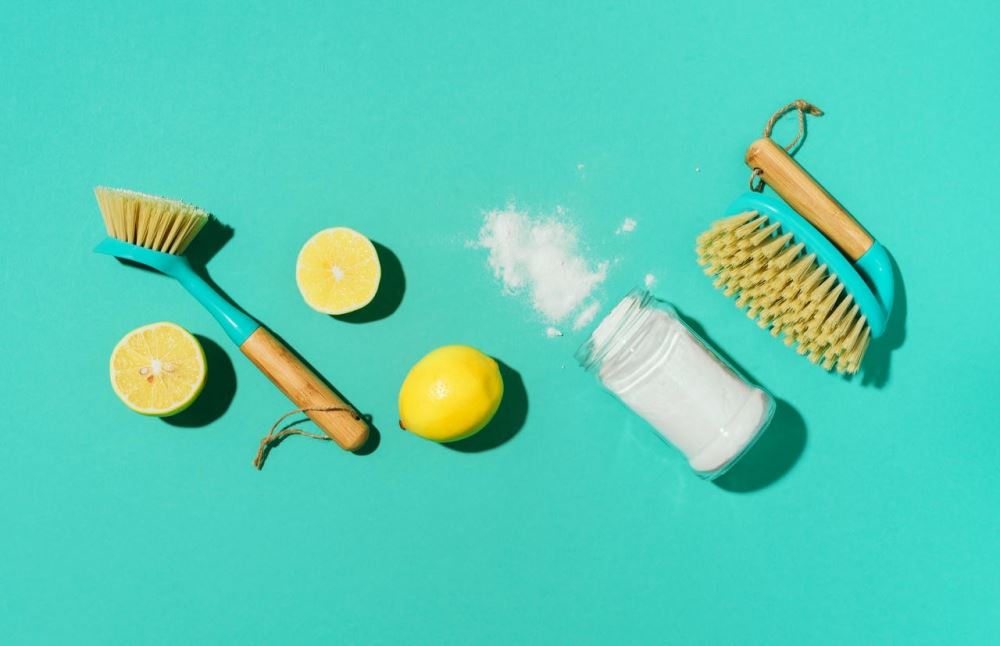
Uses for salt have consisted only of flavoring and preserving food for a long time. Salt has also been used in dyeing and bleaching and the production of chemical products such as soap and pool salt. Today, it is widely used in the food and chemical industries.
However, there are many uses for salt which will surprise you. In this article, we, Koyuncu Salt, the largest salt exporter of Turkey, have explored many other uses for salt other than food and found quite interesting ideas for you to try.
Uses for Salt
We all know some basic uses of salt. They include flavoring our food, preserving canned or raw food products, especially any kind of meat, and de-icing our roads during harsh snowstorms.
Salt is even used in medical solutions, acting as a collateral element as it is made of sodium chloride, an essential compound for the human body.
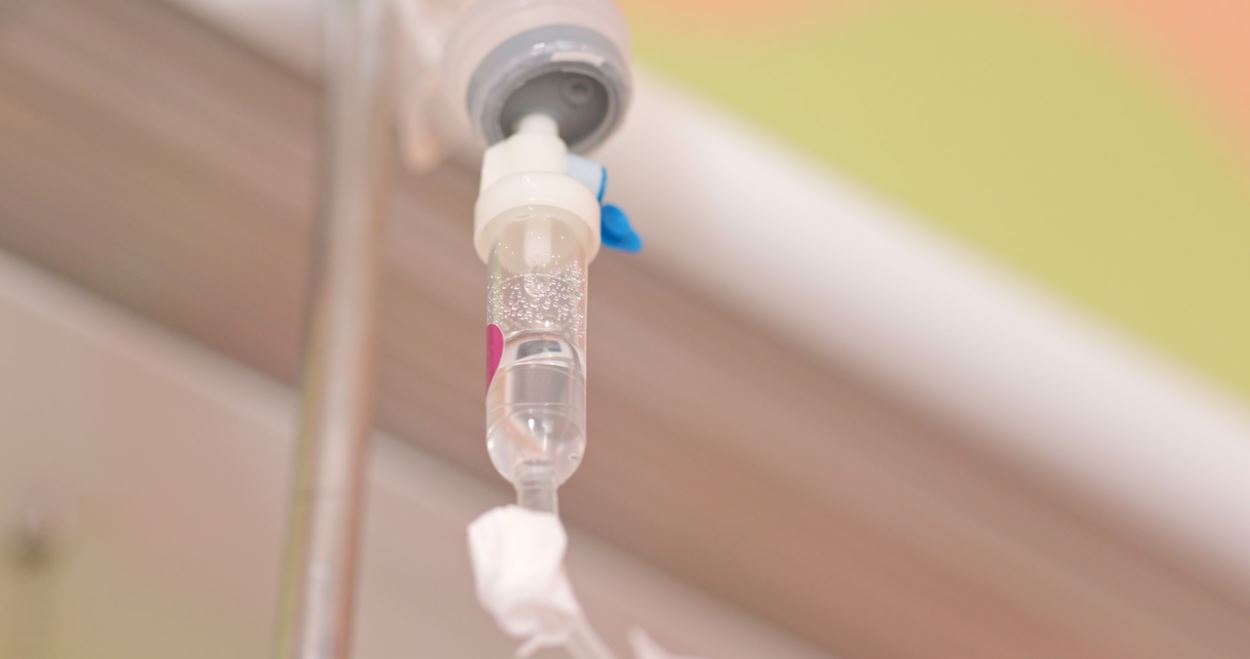
Salt Use for Health
For our health, salt plays a crucial role. It absorbs and transports nutrients that are necessary for a well-functioning health system. It also controls balancing blood pressure and maintains the right balance of fluid in our blood.
If you want to know more about sea salt’s nutritional facts, you can read our article here.
Salt is also very important for our nerve system. It helps transmit nerve signals which basically control all of our behaviors. For our daily activities, salt contract and relaxes muscles which allow us to move.
Salt Use as Food Preservation
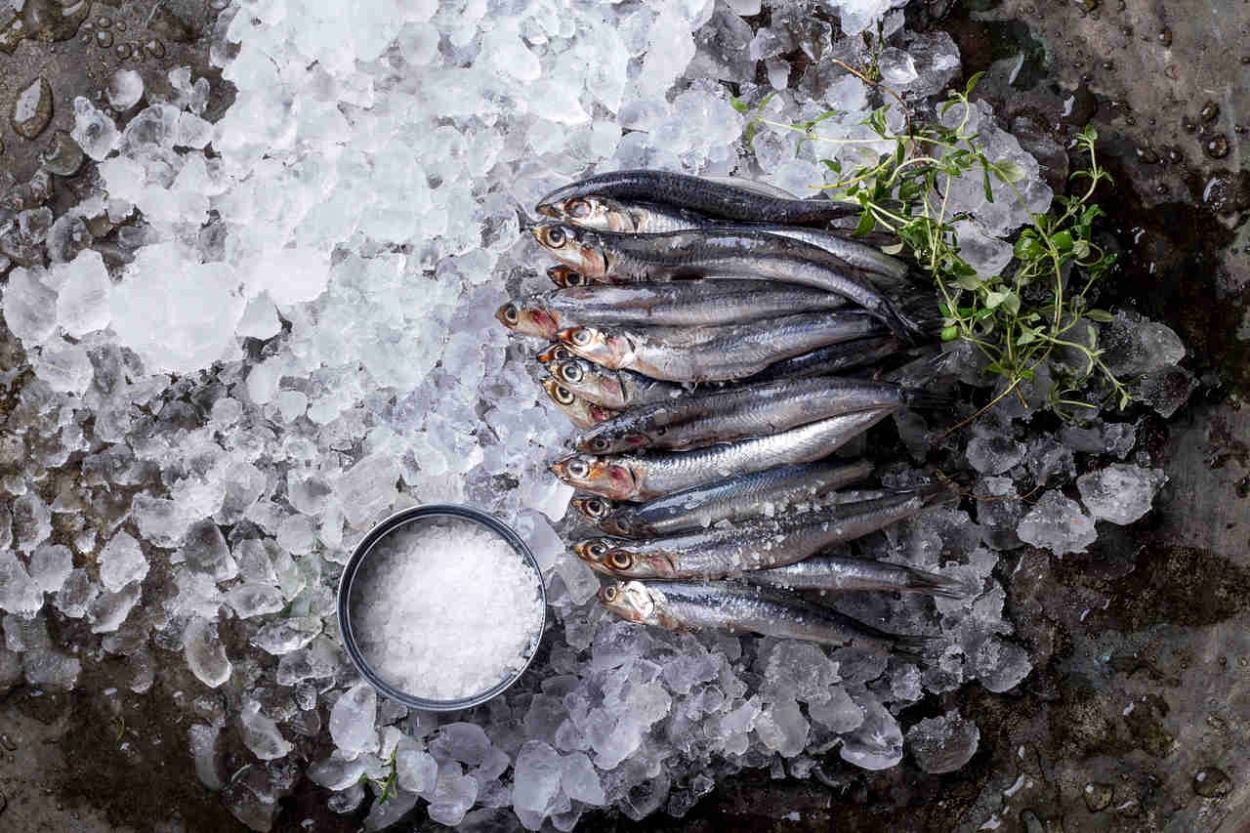
Salt acts as a strong preservative for foods. Curing, which can be briefly explained as covering meats with salt in order to store them to use later, is a common practice. Canned foods also contain a high amount of salt in their preservative compounds.
Salt Use in Basic Chemical Industry
Soap and detergents are manufactured using sodium derived from salt. The sodium is mixed with hydroxide, forming the base of cleaning products which is sodium hydroxide.
Now that we took a look at salt uses that are commonly known, let’s discover surprising uses of salt
6 Surprising Uses for Salt
1- Relief for Bee Stings

Bee stings are very painful. If you stung by a bee and did not show any allergic symptoms before, this method is ideal for you.
First, you should take the needle left in the skin. After the bee’s needle is removed, you can rub salt to the red and swollen area. In addition to that, you can wash the area with cold salty water. But you must not scratch.
It is a traditional method for relieving pain and reducing swelling for bee stings. However, if you still feel great pain or show allergic symptoms, you should be immediately taken to the emergency.
2- Kill Poison Ivy in Your Garden

Poison ivy leaves contain toxic oils, causing painful and itchy skin rashes if you touch them. This invasive weed will spread quickly if you don't control them.
When you notice poison ivy in your garden, you should remove them carefully to protect yourself and your family. Instead of buying chemical products to get rid of it, you can use salt to help protect the environment.
All you need is 1kg of food salt and 5 liters of boiling water. Pour this solution into a spray bottle and cover the leaves and the soil surrounding the plant with the solution.
Spray the solution carefully to avoid applying it to surrounding plants or lawns as it can kill them as well. Continue spraying poison ivy once a week until the weed dies completely.
3- Clean Artificial Flowers Easily

As an alternative to fresh flowers which die quickly, artificial flowers are simple decorative objects that add color and beauty to your home. However, they collect dirt and dust. They require dusting and cleaning very often and this takes some much time as you have to go through each little leaf and petal.
To clean them easily, you can place your flowers into a paper bag filled with table salt and gently shake them. This solution will remove any traces of dirt and this method saves so much time for you.
4- Get Rid of the Smell in Shoes
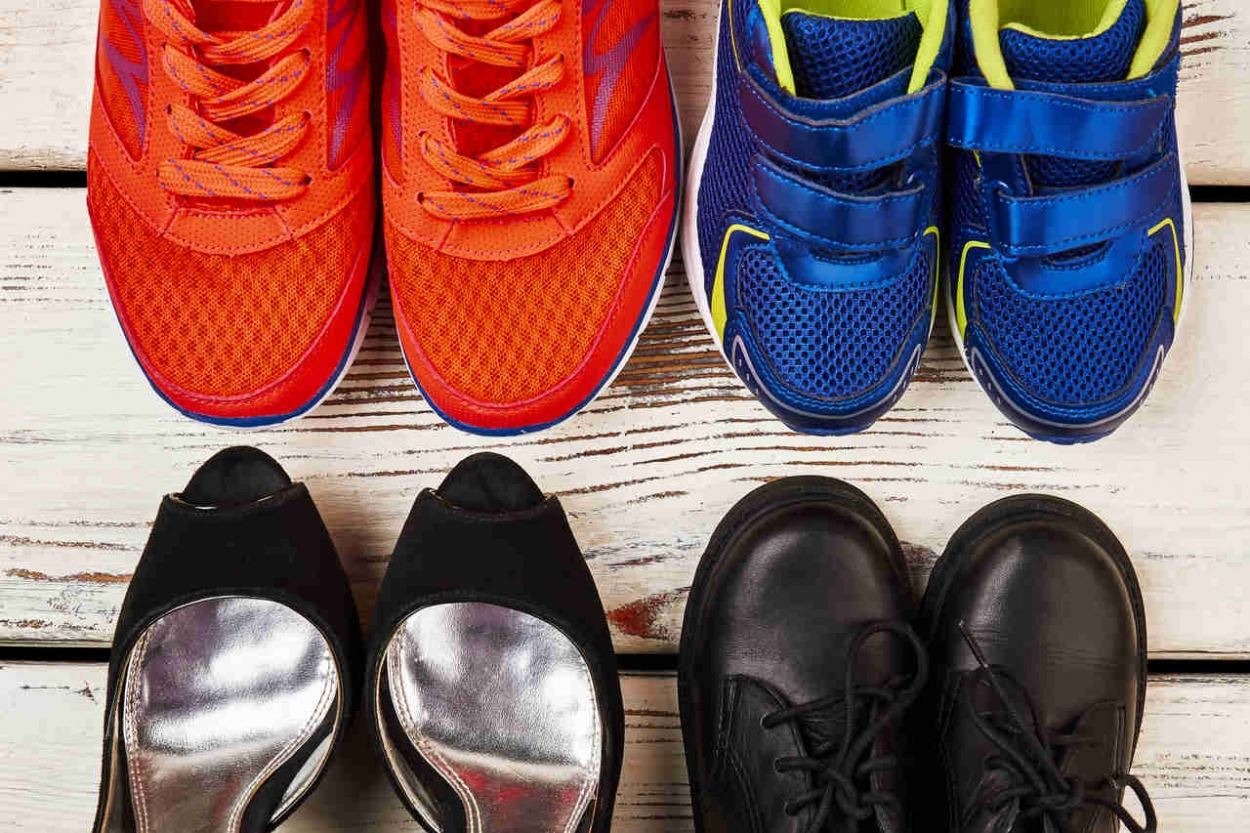
Sneakers, boots, flats, or heels… Every type of shoes smell after a time of wear. Everyday wear of these shoes also causes bacteria production. For these reasons, it is necessary to pay special attention to shoe cleaning.
Leather, plastic or cotton, even the best quality shoes smell. The heat and humid your feet produce throught the day are the first reasons of unwanted odor. If you wear your shoes without socks, this problem can get pretty annoying.
What you need to do is get into the habit of cleansing your shoes every night by sprinkling a small amount of salt inside. Salt soaks up any lingering smells, preparing them odor-free for you in the morning.
5- Clean Tea and Coffee Stains from Mugs

We are all coffee or tea addicts. And, we know how hard it is to completely clean these dark brown stains, which is practically impossible.
All mugs look dirty because of these stains even if they are fresh out of dishwasher. However, salt use proves to be easiest way to get rid of them. You can scrub stains away with salt.
Sprinkle some salt onto a sponge and rub in circles on the tea and coffee stains until they disappear.
For really stubborn stains, you can add a teaspoon of white vinegar to the mug and swirl the liquid over the dirt before continuing to rub.
6- Unplug A Blocked Drain
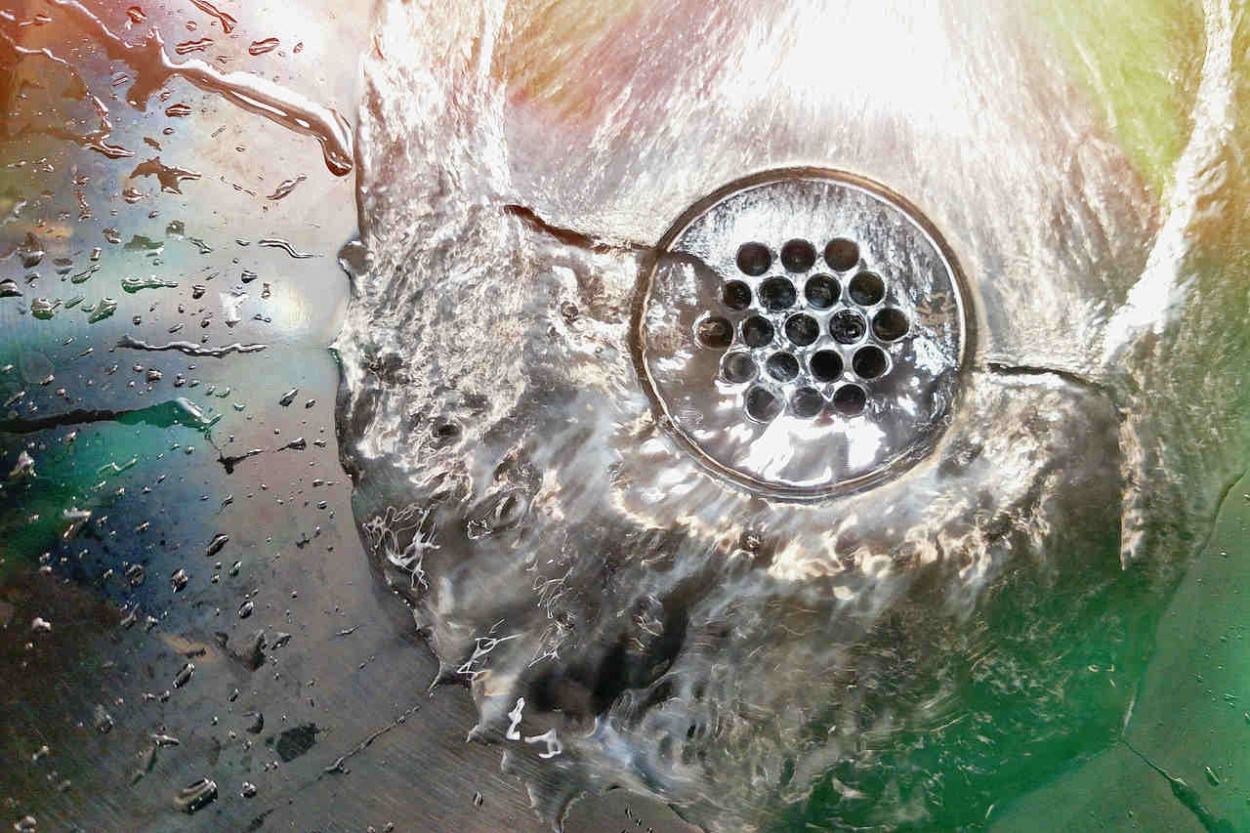
Is the water levels getting gradually high every time you shower or wash your dishes in kitchen sink? The reason likely is that your drain is blocked. This can be caused by anything from cleaning products to hair and food remainings.
But the remedy for unplugging drains is very easy with salt. You should mix 1 cup of salt with 1 cup of baking soda, 1/2 cup of white vinegar and pour it down your drain.
You should leave it to soak for 10 minutes while you boil water. Then carefully pour approximately 2 litres of boiling water down the drain.
Lastly, run hot water from the tap until the water runs easily down the drain.
Discover Other Interesting Uses for Salt
We gathered the most surprising and helpful uses for salt. To know more about the many uses and types of salt, don’t forget to check out our Salt Library and Products on our website.




